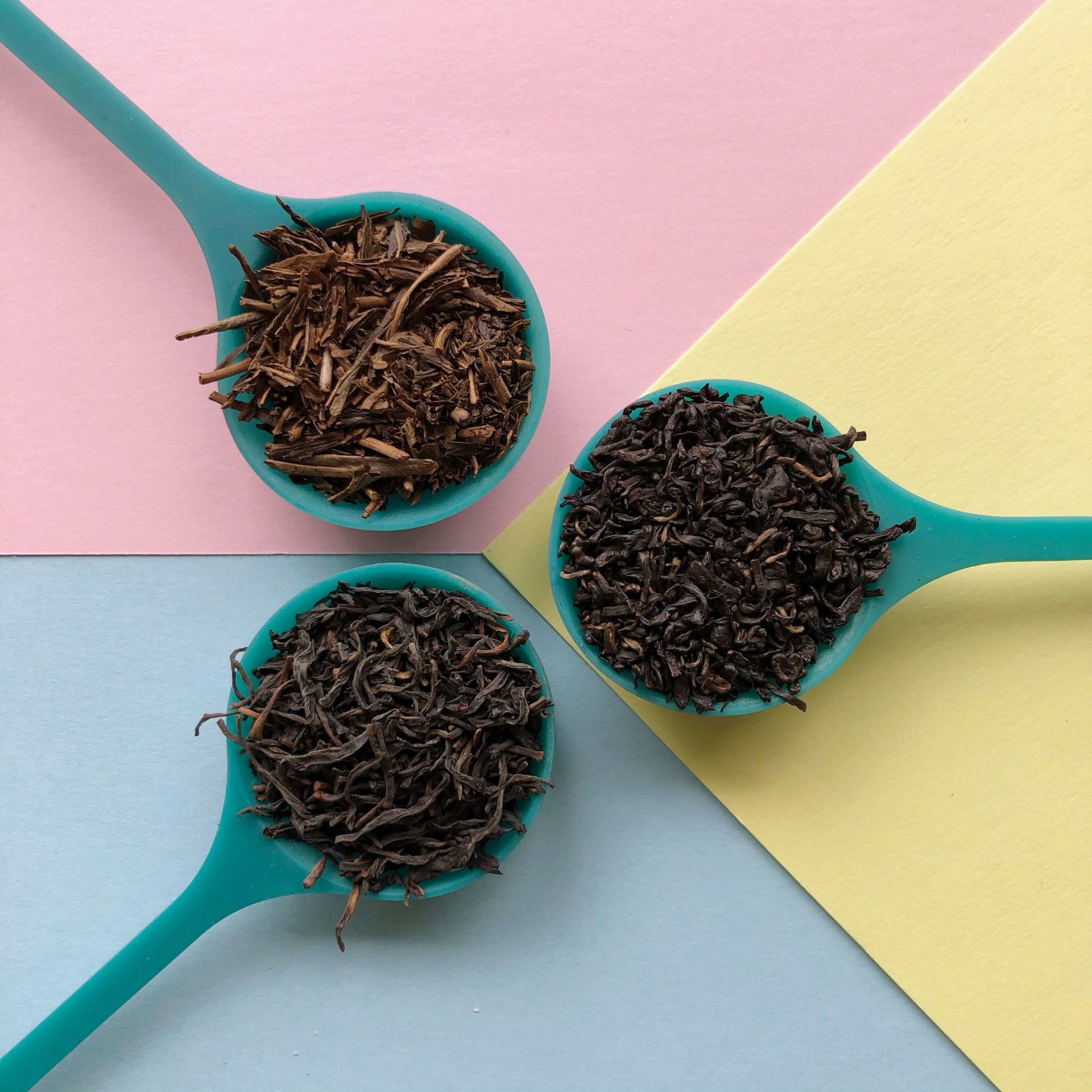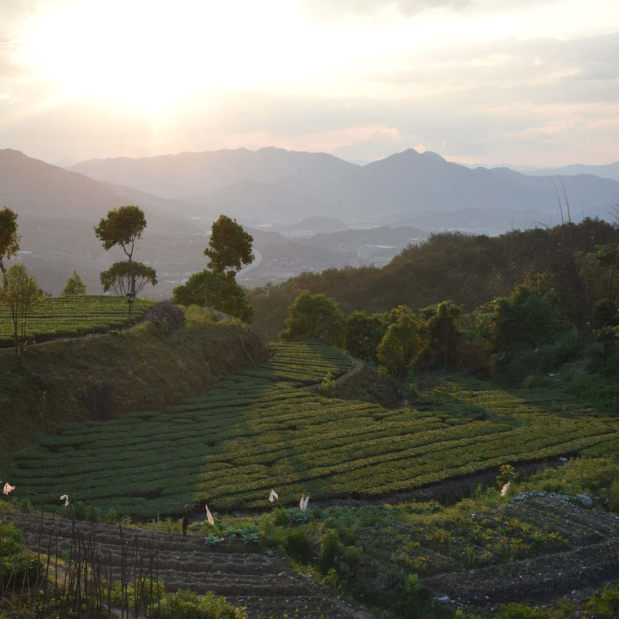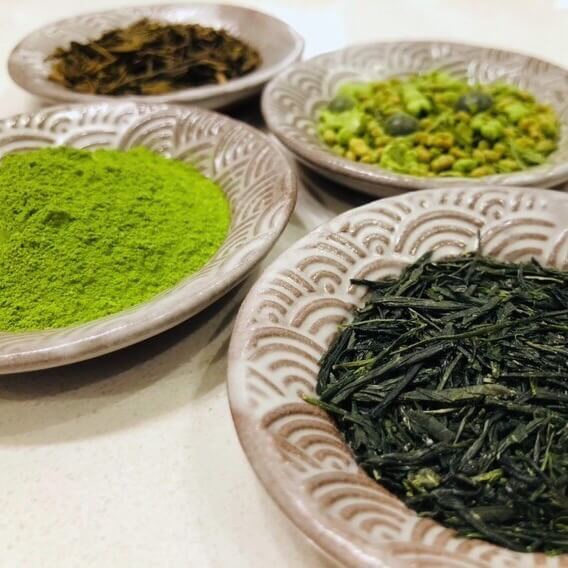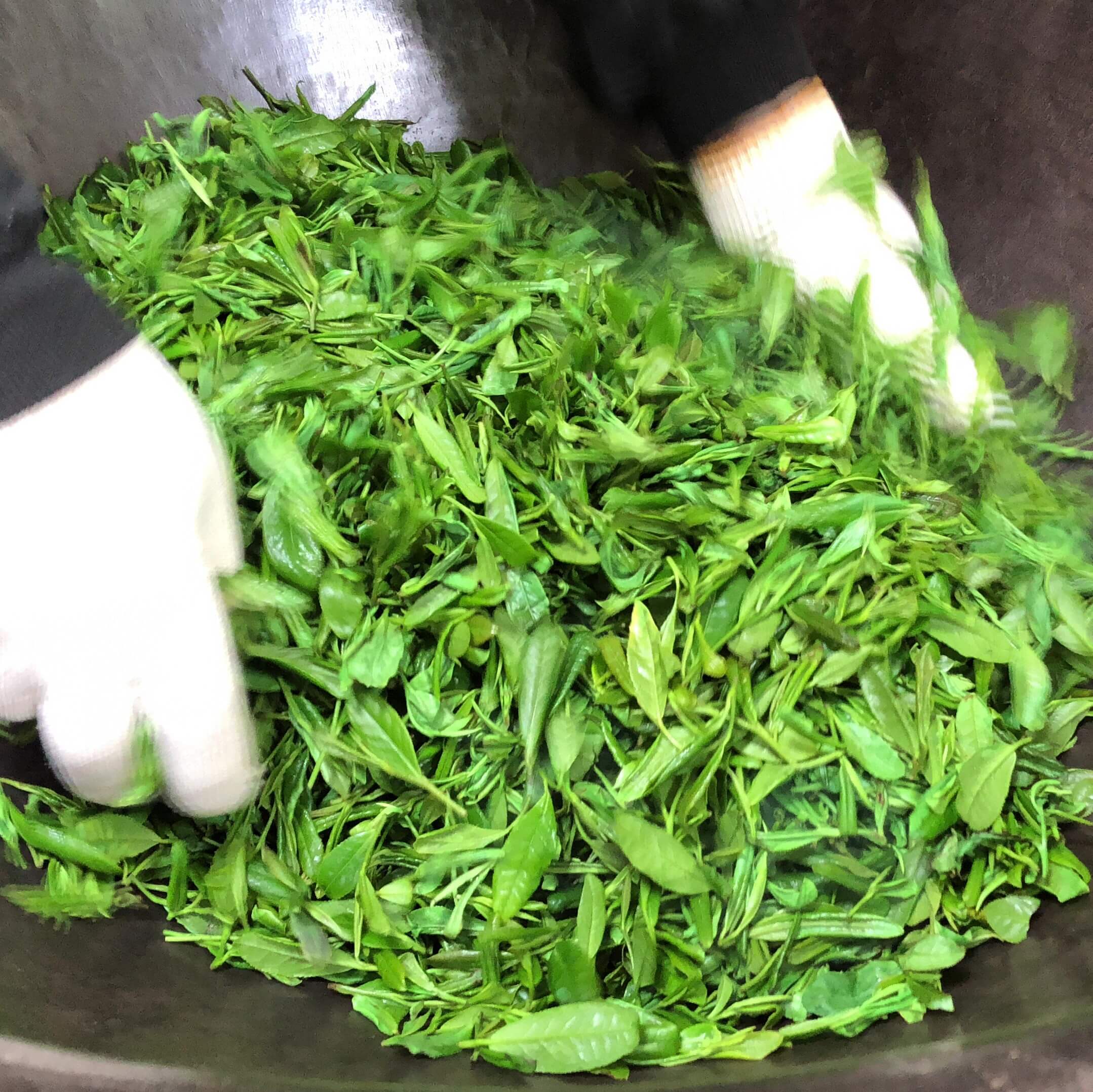
Tea is a beverage that has many complexities. Therefore, I wanted to break down one question spanning three countries (China, Japan and Korea) and answer why countries have such different teas! I thought it would be fun to bring some tea friends in to get the conversation going!
As more people started asking me questions about tea, it spurred my interest to (re)start my TEA 101 posts. When I originally started the series, it was to document my adventures in Asia many years ago. I jumped in headfirst with no posts about the tea basics of any sort.
Farming, production, culture, and many other factors have a strong impact on the outcome of the final tea. Each of these topics can be massive books on their own and seem very daunting. I thought about the beginning of my tea adventure and how it started with a conversation with a Tea Guide at a DAVIDsTEA shop.
I wanted to mimic that experience and use a more conversational approach because it seems more accessible. So, I brought in some tea friends, who are also vendors, to answer a question I feel everyone has asked when coming across a new tea producing country: what makes this tea unique?
I reached out to these vendors because they each focus on a specific country of tea. I’ve known them for many years and originally met them all at the Toronto Tea Festival! The vendors are Zhen, the co-owner of ZhenTea (Chinese teas), Momo Yoshida, the owner of Momo Tea Toronto (Japanese teas) and Soo Park, the owner of Soocha Tea (Korean teas). While there are many more East Asian countries, I wanted to start with three first and expand from there!
With some background to the structure of the post, let’s go!
CHINA

What makes Chinese teas unique?
Zhen, the co-owner of ZhenTea:
“China is the birthplace of tea with thousands of years of history of using and drinking tea. Despite the various ways of writing and saying the word ‘tea’, the pronunciation in various languages all trace back to the Chinese character 茶. Since around 1700 years ago, China has had a long history of drinking and pursuing tea.
All 6 tea types were originally invented in China and are used as a global standard to differentiate tea types. Green tea is considered not oxidized, while yellow and white teas are lightly oxidized. Oolong tea is partially oxidized, and black tea is fully oxidized. Dark tea has a unique piling step to encourage fermentation, therefore known as post-fermented tea. Pu’er is often listed as its own type, as its reputation is much higher than his peers in the west. But Pu’er tea is usually considered dark tea.”
JAPAN

What makes Japanese teas unique?
Momo Yoshida, the owner of Momo Tea Toronto:
“The big difference from other teas is that Japanese Tea is a “steamed process” tea. Therefore, tea leaves remain a dark green color and have a grassy, delicate, and aromatic taste. Let me introduce three popular Japanese tea: Genmaicha, Hojicha and Matcha.
Genmaicha is one of the popular traditional blend teas in Japan. Genmai means ‘roasted brown rice’ in Japanese. Genmaicha has roasted rice mixed with steamed green tea and is visually unique. With the genmai, a nutty and roasted flavor is added to the tea. Hojicha is roasted green tea. This tea is steamed and then roasted. You will taste the smoky flavor but have sweet after notes. Matcha is another popular well known tea that is from Japan. Matcha is grounded green tea powder. A bowl and bamboo whisk is used instead of a teacup. It’s not only the tea but the culture related to Japanese teas which makes it so special.”
Korea

What makes Korean teas unique?
Soo Park, the owner of Soocha Tea:
“The producing area and the production quantity of tea in Korea are very small compared to other tea growing countries. But, Korea has artisanal green teas of high quality that are hand-made in traditional ways that have been passed down for generations through family, for example, pan-firing (deokkeum) techniques which create delicate smooth roasted flavours.
A tea unique to Korea is Balhyocha which translates into fermented (oxidized) tea. The oxidation level and the processing method vary from master to master, which gives a huge range of aromas and flavours. Therefore it is better to consider Balhyocha a tea unique in and of itself rather than trying to fit it into traditional tea categories. Korean teas like Balhyocha can be a meaningful and joyful journey all by itself.”
Overall
This post is a short primer on Chinese, Japanese and Korean tea as I would like to continue having conversations with Zhen, Momo, and Soo in future posts. I plan on diving more into the different types of teas such as pu’er, green, and black teas! Thank you to Zhen, Momo, and Soo for participating!
I was also inspired by Lu Ann’s At the Tea Table series, where she speaks with various tea lovers around the world so, make sure to check that out as well! I was featured in a post too!
The question of the post: What country would you like to learn more about?

4 comments
I would really like to know more about European teas (Scotland, Georgia, etc)!
I actually haven’t tried too many myself! Will have to add that to the list and look for some!
[…] posts are accessible and readers can jump to questions that they most interested in! In my previous post with Momo, we discussed what made Japanese teas unique and one tea she pointed out was matcha. It […]
[…] hosted with the Tea Guild of Canada. Therefore, when I decided to write my post about teas in East Asian countries, I knew I wanted to explore Korean teas […]